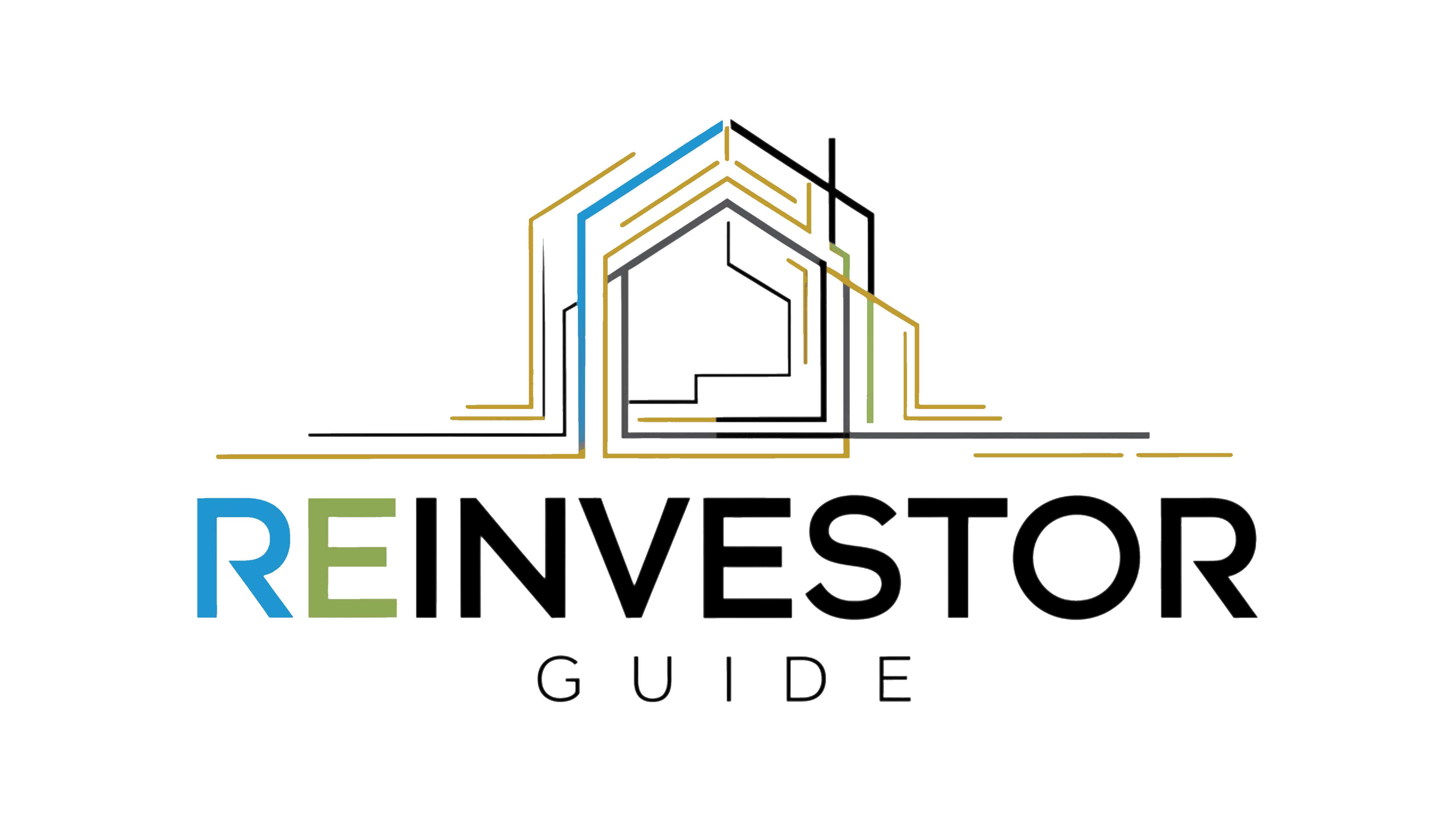Every smart real estate investor knows: your exit strategy is just as important as your acquisition plan.
Whether you’re flipping, BRRRR-ing, buying turnkey rentals, or building a long-term portfolio, how and when you exit a property determines your profits, tax liability, and overall wealth trajectory.
In this guide, we’ll walk you through the most effective real estate exit strategies, when to use each one, and how to align your exit plan with your investing goals in 2025 and beyond.
What Is a Real Estate Exit Strategy?
An exit strategy is your plan for how you’ll eventually profit from a property and move your capital into a new phase—whether that means selling, refinancing, passing it to heirs, or rolling it into the next deal.
The best investors think about their exit before they even buy.
Why Exit Strategy Planning Matters
- Maximize profits through timing and tax strategy
- Reduce risk in changing market cycles
- Recycle capital into more profitable deals
- Comply with financing timelines (e.g., balloon loans, bridge loans)
- Preserve generational wealth or optimize for retirement
An unclear exit = uncertain return. A clear exit = investor freedom.
Top Real Estate Exit Strategies (and When to Use Them)
✅ 1. Sell for a Profit (Traditional Sale)
Sell on the open market at retail price to a homeowner or investor.
Best for:
- Market peaks
- Fully stabilized, turnkey assets
- Investors needing to cash out equity quickly
- Properties with no capital gains tax mitigation plans
Watch out for:
- Capital gains taxes
- Realtor commissions (5–6%)
- Closing costs
💡 Tip: Pair with a 1031 exchange to defer taxes.
✅ 2. Cash-Out Refinance
Refinance the property after value has increased to pull out equity—tax-free—while keeping ownership.
Best for:
- BRRRR investors
- Long-term holders who want liquidity
- Growing portfolios without selling
Pros:
- Keep the property
- Access capital to reinvest
- No taxable event
Cons:
- Must meet lender DSCR or DTI requirements
- Higher mortgage payment
- Rate sensitivity in high-interest markets
✅ 3. 1031 Exchange (Tax-Deferred Swap)
Sell an investment property and reinvest proceeds into another like-kind property without paying capital gains tax (deferred, not erased).
Best for:
- Investors with large equity positions
- Upgrading from SFHs to multifamily
- Scaling across markets tax-efficiently
Key rules:
- Use a Qualified Intermediary
- Identify replacement within 45 days
- Close within 180 days
📌 Pro Tip: Great for “trading up” or rebalancing your portfolio geographically.
✅ 4. Installment Sale (Seller Financing)
Sell the property and receive payments over time from the buyer—typically with interest and principal amortization.
Best for:
- Investors who want steady cash flow
- Avoiding a large one-time tax hit
- Selling to buyers who can’t qualify for bank loans
Benefits:
- Income stream + interest
- Defer capital gains
- Can structure balloon payments
Risks:
- Buyer default
- Must vet buyer thoroughly
✅ 5. Lease Option or Rent-to-Own
Rent the property with an option to sell it to the tenant at a future date—often used in slow markets or for marginally qualified buyers.
Best for:
- Markets with weak buyer demand
- Keeping some upside while generating cash flow
- Minimizing maintenance responsibilities
Terms to set:
- Option fee (non-refundable)
- Purchase price and timeline
- Rent credits (optional)
✅ 6. Hold for Cash Flow & Depreciation
No exit needed—just hold the asset long-term for monthly income, loan paydown, and appreciation.
Best for:
- Retirement income
- Low-maintenance rentals
- Legacy wealth and estate planning
Benefits:
- Ongoing income
- Passive wealth creation
- Annual depreciation to offset taxable income
✅ 7. Sell to a Wholesaler or iBuyer (Quick Exit)
If speed matters more than price, you can sell quickly to a cash buyer.
Best for:
- Distressed properties
- Inherited homes
- Investors exiting fast for other opportunities
Pros:
- Close in days or weeks
- Minimal repairs
- No agents or staging
Cons:
- Discounted sale price
- Less profit overall
Exit Strategy by Investment Type
| Investment Type | Most Common Exit Strategy |
| BRRRR | Cash-out refi → long-term hold or 1031 |
| Turnkey Rental | Long-term hold or 1031 into larger asset |
| Fix and Flip | Sell retail or to iBuyer/wholesaler |
| Short-Term Rental | Sell retail, convert to long-term, or refi |
| Multifamily | 1031 exchange, syndication exit, or refi |
What About Exit Timing?
Timing matters. Consider:
- Loan maturity dates (especially with bridge or balloon loans)
- Market cycles (sell high, buy low)
- Tax years (defer to next calendar year if needed)
- Personal milestones (retirement, relocation, major purchases)
Smart investors build multiple exit options into every deal.
Final Thoughts
The best real estate exit strategy is the one that aligns with your:
- Investment timeline
- Tax planning
- Cash flow goals
- Market conditions
Whether you’re flipping, BRRRR-ing, or building long-term rentals, planning your exit upfront helps you invest with clarity, confidence, and control.
Our advise is based on experience in the mortgage industry and we are dedicated to helping you achieve your goal of owning a home. We may receive compensation from partner banks when you view mortgage rates listed on our website.



